Description
The Plant
The SYRINGA vulgaris ‘Sensation’ belongs to the common lilacs, although there is nothing truly common about it. Its mauve flowers edged with white make it a very unique shrub. It will certainly stand out in your garden.
This is a natural mutation dating back to 1938.
You can cut its flowers for your bouquets. Its wonderful fragrance will fill your home with a delightful aroma.
To see all the lilacs currently available for sale, please click here.
How to plant SYRINGA vulgaris ‘Sensation’
Like most lilacs, this one is highly resistant to nearly all conditions, whether cold, heat, or poor soil quality.
Plant it in full sun so it flourishes in April/May.
This lilac is one of the favorite plants for both enthusiasts and experienced gardeners.
Tip: For even more intense blooms the following year, remove the wilted flowers.
For proper preparation of the pot or planting hole, we have developed specific instructions available here. Furthermore, discover here how to water your garden and save water.
History and Origin
Lilacs (S. vulgaris and S. x persica) were introduced to European gardens from Ottoman gardens in the late 16th century. In the American colonies (USA), lilacs were introduced in the 18th century.
Lilacs are considered naturalized in Western and Northern Europe. In the USA, the state of New Hampshire has even designated it as its state flower.
Bonsai enthusiasts are increasingly adopting these magnificent plants for their beautiful flowers and their natural clump-style branching, which lends itself well to artistic designs.
Many varieties of lilacs have even received the prestigious Award of Garden Merit from the RHS (Royal Horticultural Society) in the United Kingdom.

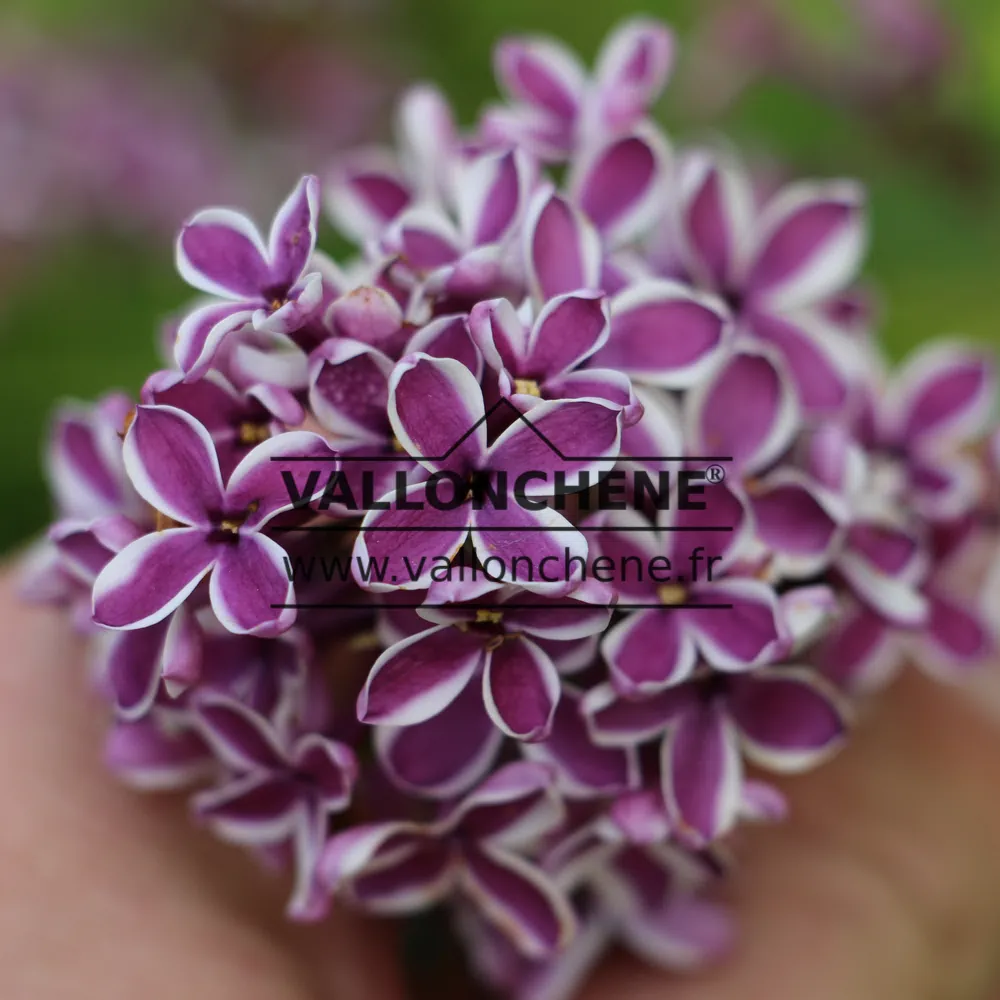
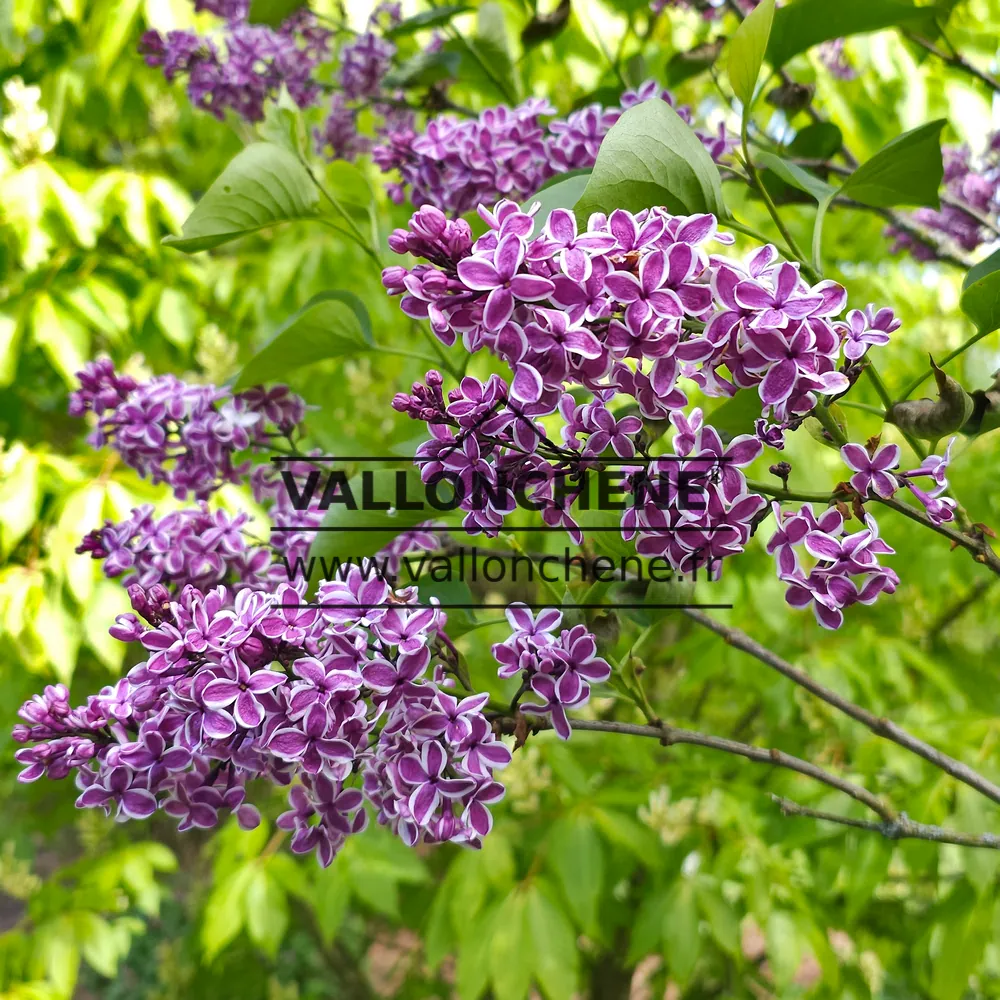
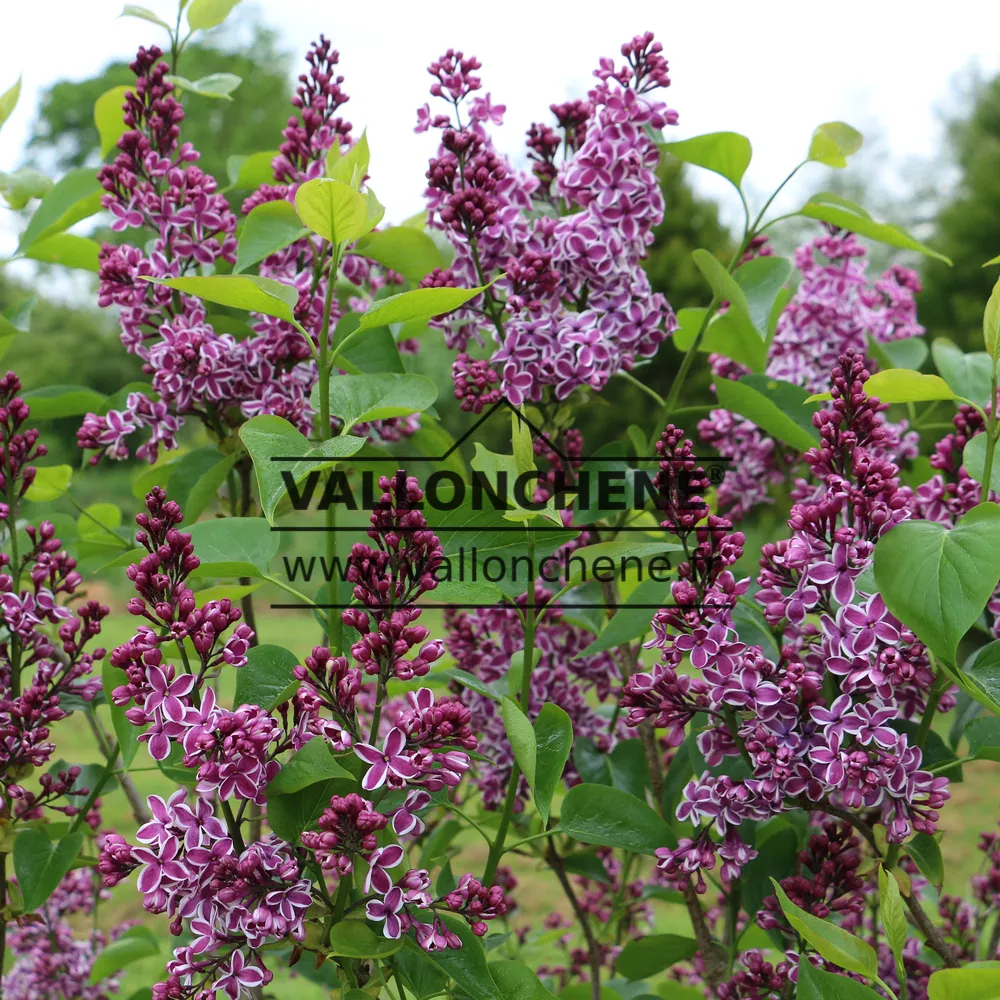
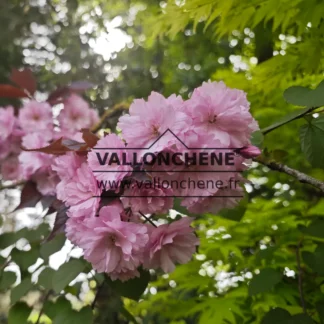
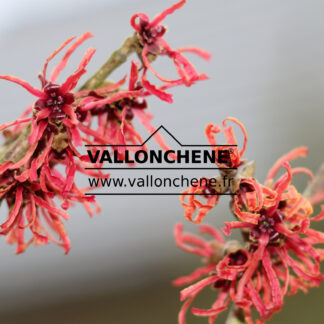



Reviews
There are no reviews yet.